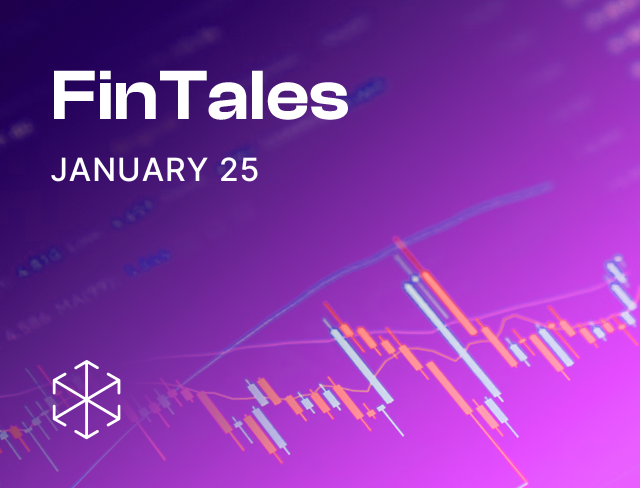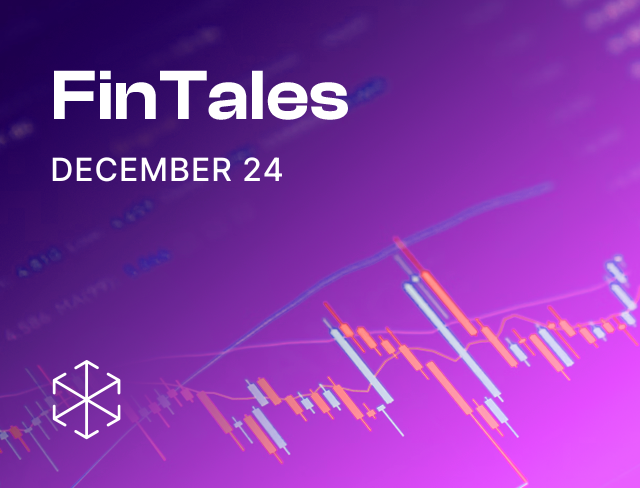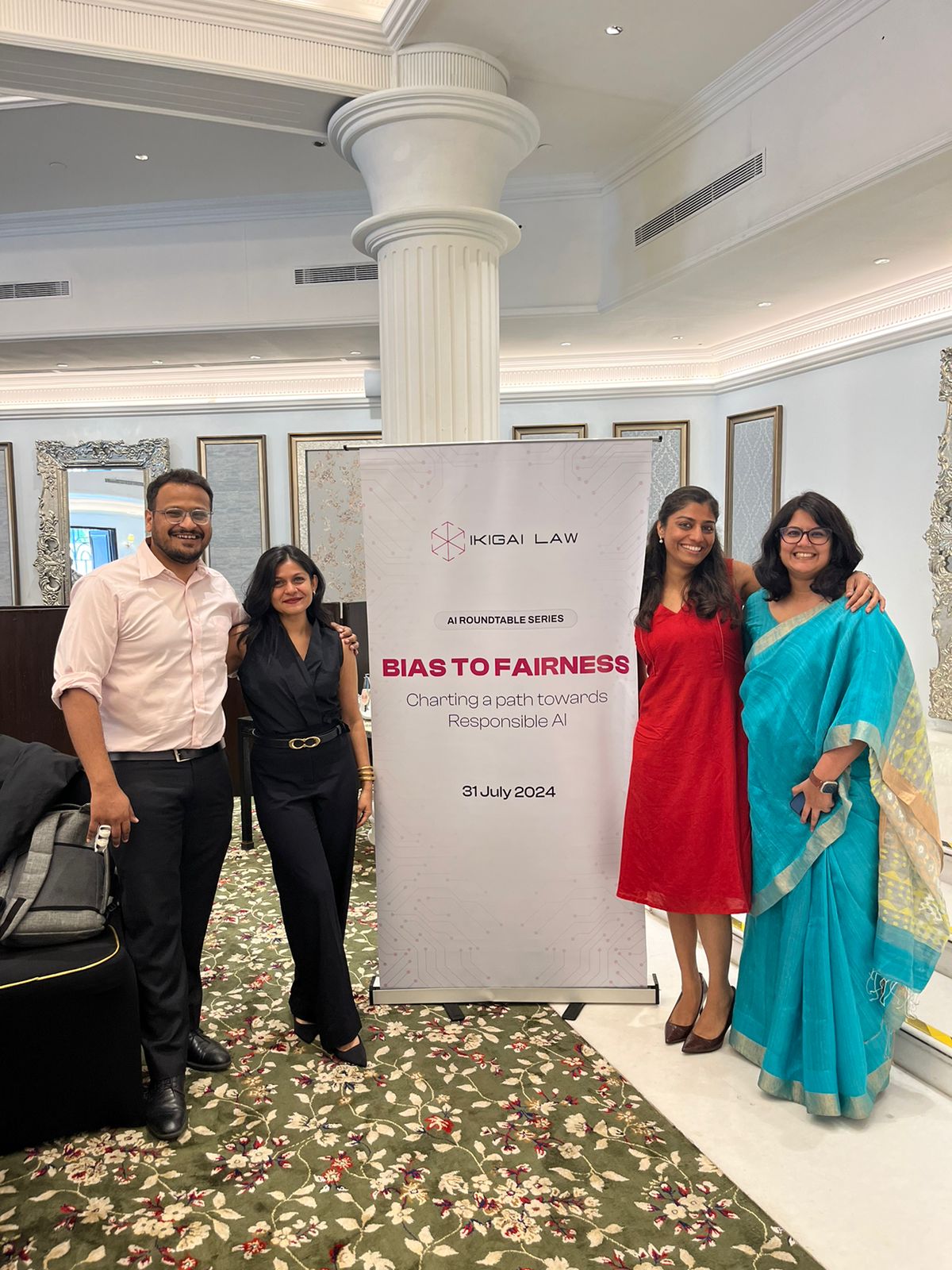Anirudh Rastogi, Managing Partner at Ikigai Law
In 2018, I was forced to press refresh. I was navigating the exit of my co-founder from the firm we had founded in 2012. If I were to continue alone, I were to take over the practice, re-imagine, and re-brand it, and I had my moments of self-doubt.
I asked myself, “Why did I start the firm? Why do we matter? Why do clients come to us? Why have some of our most committed people joined and stayed with us?” With some introspection, I found compelling answers to my questions, which gave me the clarity that this was a journey worth continuing. While it helped me to identify the why when I was forced to reassess, it would be powerful to start with it.

Simon Sinek has inspired millions with his celebrated book ‘Start With Why’. He has an elegant theory that he sums up by drawing three concentric circles. The inner-most circle is labelled ‘Why’, the middle circle is labelled ‘How’, and the outer circle is labelled ‘What.’ He argues that followers buy in to the world’s most powerful brands because they relate to ‘why’ these brands exist – their core values. ‘How’ they do what they do is merely a tool to achieve the ‘why,’ and the product, or ‘what’ is on offer, is merely the end-result. As a corollary, powerful brands communicate to their followers inward out – first, the why, then the how and last, the what. Would you imagine buying a phone made by a computer company, say a Dell or Lenovo? But don’t people actually queue up for hours on launch day to buy a phone made by a computer company? Sinek, here is speaking of Apple. He says that these people will buy anything Apple makes, because they believe in Apple’s core value, ‘Think Different’. It resonates with them.
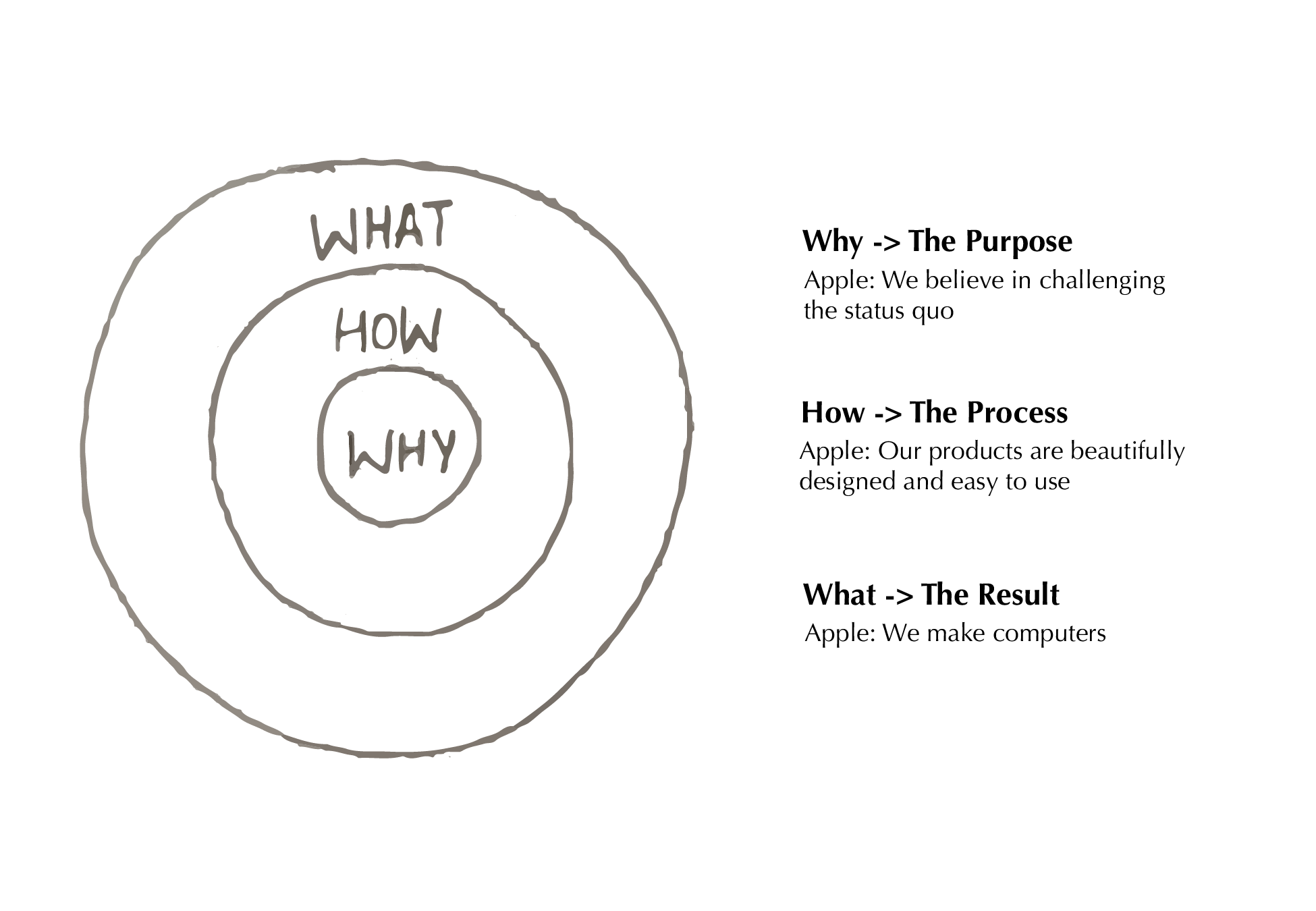

During our annual townhall last year, one of our associates told us that before she joined us years earlier, she had competing offers. To help decide, she drew out a chart with everything that she wanted her workplace to be. It looked something like this:
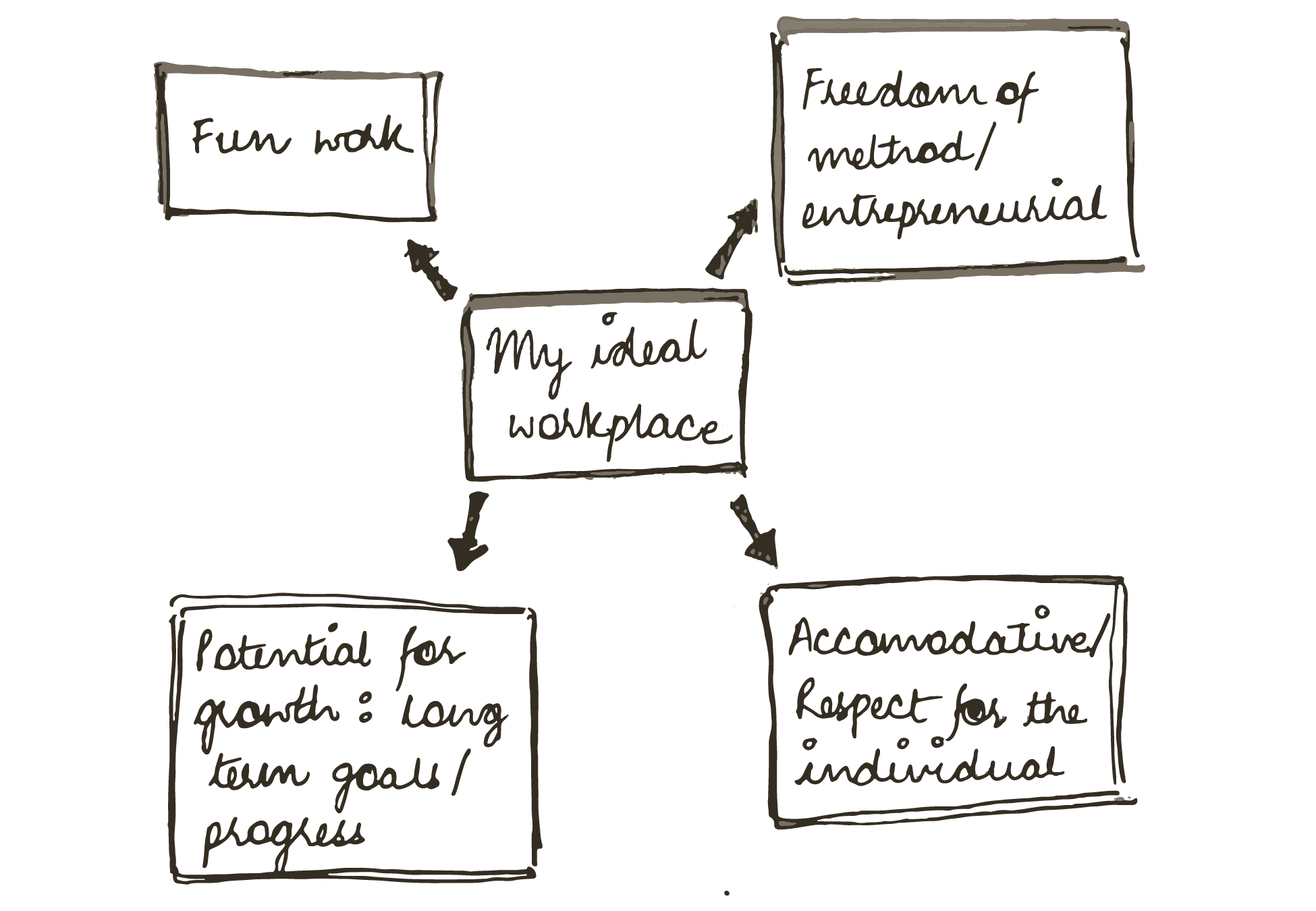
At a certain level, her version of why intersected with that of the firm.
Employees think no different from customers in Sinek’s Apple example. They need to buy in to the why of their organisation, not just the how and the what – that’s what drives employee loyalty. The why can go a long way in setting the culture of the organisation in a manner that the how and what cannot.

Perhaps even more important than for employees is for leaders to understand the why. It helps them lead with conviction and consistency. At Ikigai Law, the clarity on why allowed us to take difficult decisions and stick by them. Sometimes, we have turned down business opportunities that did not align with our why, and sometimes we have taken up time-intensive projects that did align but may have never made us money. When we started our now successful tech- focussed public policy practice that works with some of the largest global technology companies, it was a cost centre, with few models for monetization. We ventured into it because we believed it would take us closer to our mission of ‘enabling technology, innovation and entrepreneurship.’ It is the same with our blockchain and aerospace practices.

The mission statement articulates the organisation’s why – it’s raison d’etre. It addresses why the organisation exists, before it goes on the address the how or the what. That’s what makes it important.

Our mission is to enable the future. We do this by enabling
innovation, technology and entrepreneurship to make the world
smarter, inclusive and fun
When we rebranded in 2018, we named ourselves Ikigai to demonstrate our commitment to our why. Ikigai is a Japanese philosophy that can broadly be said to mean the “reason of being”. But, I like its more elaborate explanation that is best understood through this now ubiquitous illustration of four intersecting circles. Ikigai is where these four circles meet. It is the intersection of what you are good at, what you are passionate about, what the world needs, and what it values. It is from this Ikigai, that our mission statement emerges.
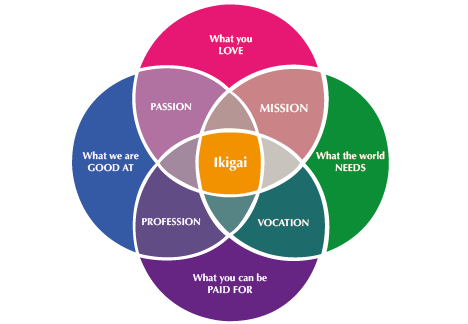

We invested an incredible amount of time in writing our mission statement. We involved the entire senior team so that our mission has a buy-in, and is informed by diverse views from different constituents. This was important to make sure we were not fooling ourselves with high- sounding words that others did not see getting translated in our behaviour and way of work. Amidst murmurs that we were spending too much time on a 10,000 feet discussion, we went back and spent even more time on first helping the team see why this was important. We then introduced the mission statement in a workshop-styled session, and exchanged notes on its value to our daily lives at the firm. Every word in the statement means something to us. Take ‘fun’ for example. We are a fun-loving team and we want to make the world a fun place with our work. That is why our digital gaming practice is as important to us as our aerospace practice.

Jack Welch laid down some parameters to question your mission statement: Will this mission statement help us make choices about people, investments and other resources? Will it prevent us from asserting that we will be all things to all people? Is it ambitious enough and does it inspire? Does it tell us how we intend to win in business? I may be guilty here of picking and choosing what resonated the most with me. I want to add one more: “Is it simple enough?”. I like TED’s mission statement for that reason: “Spread Ideas.”
There are a few more I like, and they respond well to the questions raised by Welch. Warby Parker’s mission is “To offer designer eyewear at a revolutionary price, while leading the way for socially conscious businesses.” American Express aims “to be the world’s most respected service brand.” I like this one for its scope. The company sees itself as a service brand and not a card company. Google’s mission is “to organize the world’s information and make it universally accessible and useful.” I like that it focusses on the intent and not the product. Microsoft’s statement in its earlier days was “to empower every person and every organization on the planet to achieve more.” I like it for its ambition.
Mission statements are to be more than just high-sounding virtues: excellence, integrity, respect, quality. As Welch says “integrity is just a ticket to the game”. “If you don’t have it in your bones, you shouldn’t be allowed on the field.” If done right, mission statements can be powerful tools that have a lasting impact on keeping businesses on track through growth and slowdowns. They can focus the organization’s energy and drive action, lay the foundation for culture, and form the core of a brand identity.
I must thank my colleague Nehaa Chaudhari for reminding me of the anecdotes I mention here and a sharp round of editing, and the entire team at Ikigai Law, because the mission is just a couple of sentences without the team doing all the hard work that allows us to dream on!





